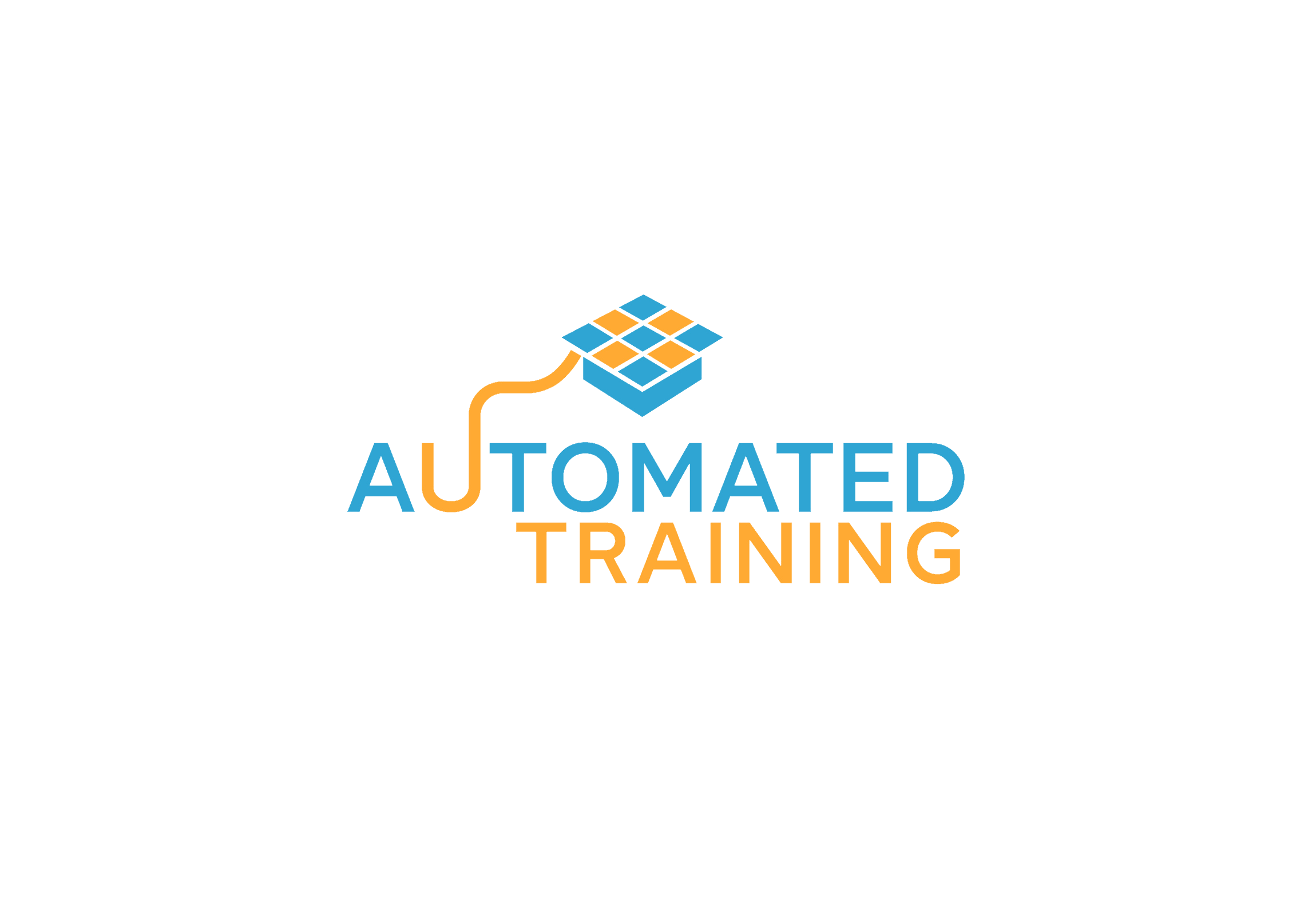To make theory tangible, we’ll examine an ADDIE instructional design model practical example, demonstrating how the method works in a realistic training scenario from start to finish.
Scenario: Sales Training for New Product Launch
A software company is launching a new enterprise product and needs to train its 150-person sales team quickly and effectively.
Phase 1: Analysis (2 weeks)
Activities:
- Conducted needs assessment interviews with sales leadership
- Surveyed sales representatives about current knowledge and challenges
- Analyzed competitive products and positioning
- Reviewed product specifications with product management
- Assessed existing CRM and sales enablement tools
- Identified constraints (tight timeline, distributed team, limited budget)
Key Findings:
- Sales team has strong general sales skills but limited technical product knowledge
- Competitive landscape is complex with multiple positioning scenarios
- Reps need to articulate value proposition to various buyer personas
- Team is distributed globally across multiple time zones
- Two months until product launch
- Budget: $50,000
Outputs:
- Learner profile documenting sales team characteristics
- Task analysis identifying critical sales conversations
- Learning objectives aligned with sales behaviors
- Delivery recommendation: blended approach with self-paced eLearning and virtual workshops
Phase 2: Design (3 weeks)
Activities:
- Defined specific learning objectives for product knowledge, competitive positioning, and sales conversations
- Designed three-tier learning approach:
- Tier 1: Self-paced product knowledge modules
- Tier 2: Virtual workshops for objection handling and demos
- Tier 3: Ongoing coaching and reinforcement
- Created assessment strategy including product knowledge quiz, role-play scenarios, and on-the-job observation
- Outlined content structure: 6 microlearning modules, 2 virtual workshops, 10 scenario-based practice exercises
- Selected delivery platforms: existing LMS for eLearning, Zoom for virtual workshops
- Designed storyboards for interactive eLearning modules
- Planned reinforcement strategy with weekly tip sheets and peer learning groups
Outputs:
- Detailed learning objectives document
- Instructional strategy blueprint
- Content outline for all materials
- Storyboards for eLearning modules
- Workshop facilitation guides outline
- Assessment specifications
- Project timeline and milestone schedule
Phase 3: Development (5 weeks)
Activities:
- Wrote scripts for 6 microlearning modules (5-7 minutes each)
- Developed interactive scenarios for product positioning
- Created slide decks and facilitator guides for 2 virtual workshops
- Recorded narration with professional voice talent
- Designed graphics and product screenshots
- Built eLearning modules in authoring tool
- Programmed interactive elements and knowledge checks
- Configured LMS and uploaded content
- Developed job aids: competitive comparison sheet, objection handling guide, demo scripts
- Created assessment instruments including product knowledge quiz and role-play rubrics
- Conducted alpha testing with 5 sales representatives
- Revised based on feedback from alpha testing
Outputs:
- 6 completed eLearning modules uploaded to LMS
- 2 virtual workshop packages (slides, facilitator guides, participant materials)
- Product knowledge assessment
- 10 role-play scenarios with rubrics
- Job aids and reference materials
- Tested and functional LMS configuration
Phase 4: Implementation (6 weeks)
Activities:
- Trained 6 sales managers as workshop facilitators
- Communicated launch schedule to entire sales team
- Enrolled all sales reps in LMS and oriented them to platform
- Launched Tier 1: eLearning modules (4 weeks for completion)
- Scheduled and delivered Tier 2: 12 virtual workshop sessions (2 weeks)
- Provided technical support through dedicated help channel
- Monitored completion rates and engagement daily
- Sent reminder communications for incomplete modules
- Facilitated peer learning groups
- Distributed weekly reinforcement tip sheets
- Made minor adjustments based on initial feedback (clarified confusing concepts, fixed technical issues)
Outputs:
- 150 sales reps completed eLearning modules (98% completion rate)
- 145 reps attended virtual workshops (97% participation)
- 140 reps passed product knowledge assessment on first attempt (93%)
- Troubleshooting documentation for common issues
- Participation and completion data
- Facilitator feedback and observations
Phase 5: Evaluation (Ongoing)
Formative Evaluation (Throughout):
- Alpha testing revealed confusing navigation, which was simplified
- Early participants reported one module was too technical, prompting simplified explanations
- Virtual workshop feedback led to more time for practice scenarios
Summative Evaluation:
Level 1: Reaction (Immediately after training)
- Post-training survey: 4.3/5.0 average satisfaction rating
- 92% found content relevant to their role
- 88% felt confident to have product conversations
- Positive comments about microlearning format and interactive scenarios
Level 2: Learning (Immediately after training)
- 93% passed product knowledge assessment on first attempt
- Average score: 87%
- Role-play assessments showed 85% of reps could effectively position product
- Knowledge retention test at 30 days: 81% average score
Level 3: Behavior (60 days post-launch)
- Sales managers observed 10% of sales calls
- 78% of reps effectively incorporated product messaging in client conversations
- 82% successfully handled common objections using trained techniques
- 71% delivered effective product demos
- CRM data showed 85% of reps actively using new sales materials and job aids
Level 4: Results (90 days post-launch)
- Product achieved 112% of first-quarter sales targets
- Average deal size exceeded projections by 18%
- Sales cycle length decreased by 12 days compared to similar past launches
- Win rate against primary competitor improved from 45% to 58%
- Customer feedback indicated strong understanding of value proposition
- ROI calculation: $620,000 revenue attributable to improved sales effectiveness vs. $50,000 training investment = 1,140% ROI
Continuous Improvement Actions:
- Updated module on competitive positioning based on field feedback about new competitor tactics
- Added two new role-play scenarios for emerging buyer objections
- Created advanced module for complex enterprise deals
- Scheduled quarterly refresher sessions
- Integrated training data into ongoing sales coaching


